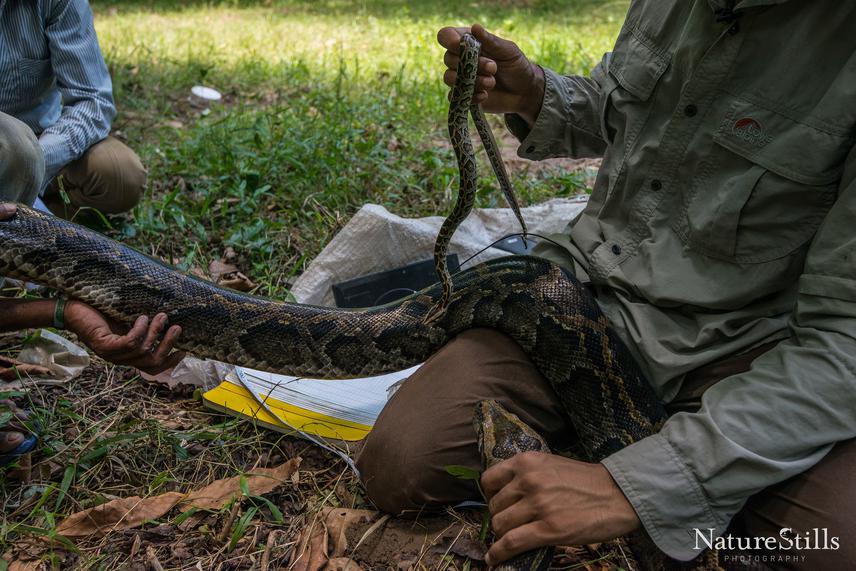Shahriar Caesar Rahman
Other projects
During the first phase of the Rufford small grant, we have radio tracked ten Burmese pythons in the northeast Bangladesh and gathered important scientific information. In the second phase, we will develop a Best Practices Manual to be used by Bangladesh Forest Department and the local community members to manage stray pythons and reduce human-python conflicts. We will also organize awareness programs to make people aware about python conservation. We will collect data on conflict, hunting and distribution by employing parabiologists in northeast and southeast of the country. We hope that our project will go beyond having impacts on the local level and will reach the National level during this second phase. We aim to secure a future for the python populations in Bangladesh by raising their profile, incorporating python conservation agendas into development plans, building capacity, raising awareness, and by collecting, analyzing and disseminate crucial information about python ecology.

Burmese pythons (Python bivittatus) are one of the largest snakes of the world, native to South and Southeast Asia. The species is declining throughout Asia and listed as Vulnerable by the IUCN, and regulated on CITES Appendix 1. It is an extremely familiar and charismatic snake to most of the public because of the pet trade, and outside of captivity is known for their invasive status in the Florida Everglades. Consequently, almost all research on this species has been on the invasive population. Therefore, Burmese pythons are either seen by most people as inhabitants of glass cages or as ecological villains in Florida. As a result, there is not an appreciation for this snake in its native wild range primarily due to lack of knowledge of this species’ ecology and status in Asia.
With support from Rufford, and numerous small grants, we have conducted the first ever scientific study on Burmese pythons using radio telemetry in South Asia. We have collected key information on python home range, land use patterns, and human-python conflict in the human-dominated landscapes of the northeast Bangladesh.
Preliminary analyses from our radio-telemetry study indicates that:
1) Burmese pythons are often found in human settlements and kill livestock ,
2) Long distance translocations have produced increased movement, and
3) Translocated pythons have shown homing behavior.
Pythons in the human-dominated landscape often come into conflict with people as they frequently kill livestock -causing locals to act vengefully towards the species.
Translocation of these conflict animals might be the only realistic solution, considering dense human population in the country, however, translocation efforts must be done with caution. Long-distance translocations may affect the pythons’ natural history and result in increased movement and may eventually lead to mortality.
In the second phase, we plan to utilize these scientific insights to institutionalize proper conservation methodology of pythons in Bangladesh. To accomplish this, we will develop, publish, and distribute a Best Practices Manual for python management to build the capacity of the Forest Department staff, and villagers, in order to manage conflict pythons, as well as raise awareness through print and electronic media, and continue scientific research to gather information on country wide distribution of pythons, hunting and human-python conflict. We will conduct workshops and seminars to disseminate the information with the government agencies and publish the findings in peer-reviewed journals.